![]() |
“Eodelphis” kabatensis (Horikawa, 1977)
|
ABSTRACT
The oldest reported fossil record of Delphinidae is from the late Miocene (11 Ma) of California. Reliable Miocene fossil delphinids, however, are few. “Eodelphis” kabatensis from the upper Miocene Mashike Formation (8.5-13.0 Ma), Hokkaido, northern Japan, is the oldest described Miocene delphinid including a skull. Therefore, this species is a significant clue to understanding the early evolutionary history of Delphinidae. The original taxonomic assignment of this species within the genus Stenella is questionable; thus, we propose a new combination for the species, “Eodelphis” kabatensisHorikawa, 1977. Eodelphis is a basal delphinid, and comprehensive morphological cladistic analysis, including molecular topological constraints, supported this taxonomic revision. Paleobiogeographic analyses based on the present morphological cladistic analysis and analysis under the molecular constraints suggest that the origin and early diversification of Delphinidae occurred in the middle Miocene Pacific Ocean or elsewhere, respectively.
![]()
SYSTEMATIC PALEONTOLOGY
CETACEA Brisson, 1762
ODONTOCETI Flower, 1867
DELPHINOIDEA Gray, 1821 DELPHINIDAE Gray, 1821
“EODELPHIS”, new genus
Type and Only Known Species: “Eodelphis” kabatensis (new combination).
Diagnosis: As for the type species.
Etymology: From the Ancient Greek ‘Eo,’ for dawn referring to the earliest delphinid; and from Latin ‘delphis,’ for dolphin.
EODELPHIS KABATENSIS (Horikawa, 1977), new combination
Delphinidae, gen. et sp. indet. Horikawa and Fujita, 1972:177, pl. 1.
Stenella kabatensis: Horikawa, 1977:98, figs. 2–8, pls. 1, 2.
Delphinidae, gen. indet. Ichishima, 2005:11.
CONCLUSIONS
We redescribed the late Miocene delphinid, Stenella kabatensis (8.5–13.0 Ma), from Hokkaido, northern Japan, as a new genus “Eodelphis”. Both a comprehensive morphological cladistic analysis and this analysis under the constraint tree of molecular phylogenetic analyses support a new combination of the species; i.e., Eodelphis is significantly more archaic than the Stenella complex. Those analyses also indicate that the two extinct species Stenella rayi and Tursiops osennae are not included in the Stenella complex. “Eodelphis” is significant for understanding the origin, early evolution, and paleobiogeography of Delphinidae, as well as calibration of the molecular divergence estimates: “Eodelphis” kabatensis is the oldest and only valid Miocene delphinid species yet described. However, paleobiogeographic analyses based on the present phylogenetic analyses suggest different biogeographic scenarios: origin and early diversification in the middle Miocene Pacific Ocean or outside the Pacific Ocean. To resolve the origin of Delphinidae, we need to include more fossil delphinids and kentriodontids in phylogenetic analyses.
![]()
![]()
Mizuki Murakami, Chieko Shimada and Yoshinori Hikida. 2014. “Eodelphis” kabatensis, a new name for the oldest true dolphin Stenellakabatensis Horikawa, 1977 (Cetacea, Odontoceti, Delphinidae), from the upper Miocene of Japan, and the phylogeny and paleobiogeography of Delphinoidea. Journal of Vertebrate Paleontology. 34(3);
Unfortunately as it turns out - Eodelphis is a preoccupied name for Cretaceous marsupial. So, it will require an additional paper proposing yet another replacement name.
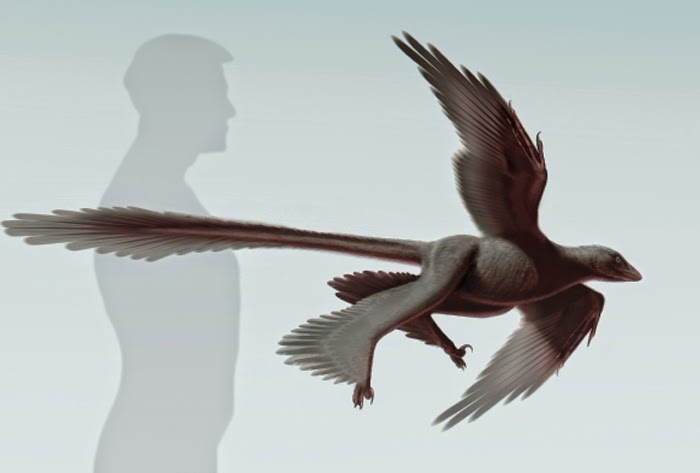
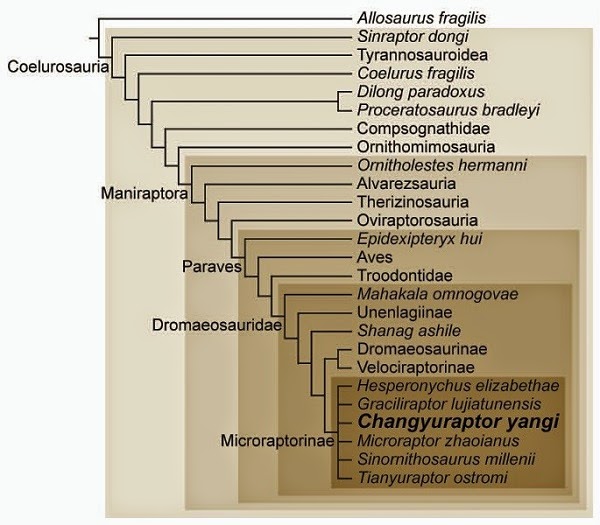
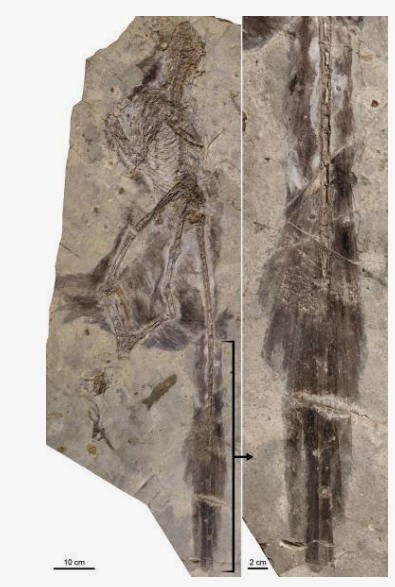



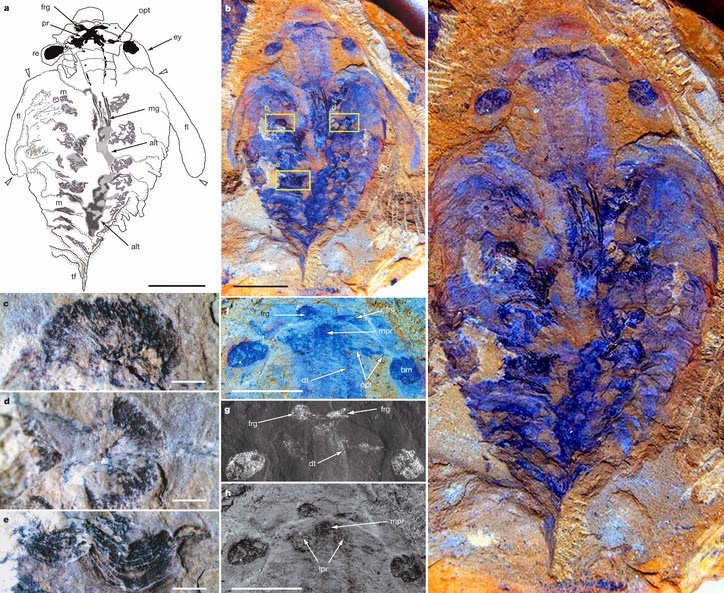
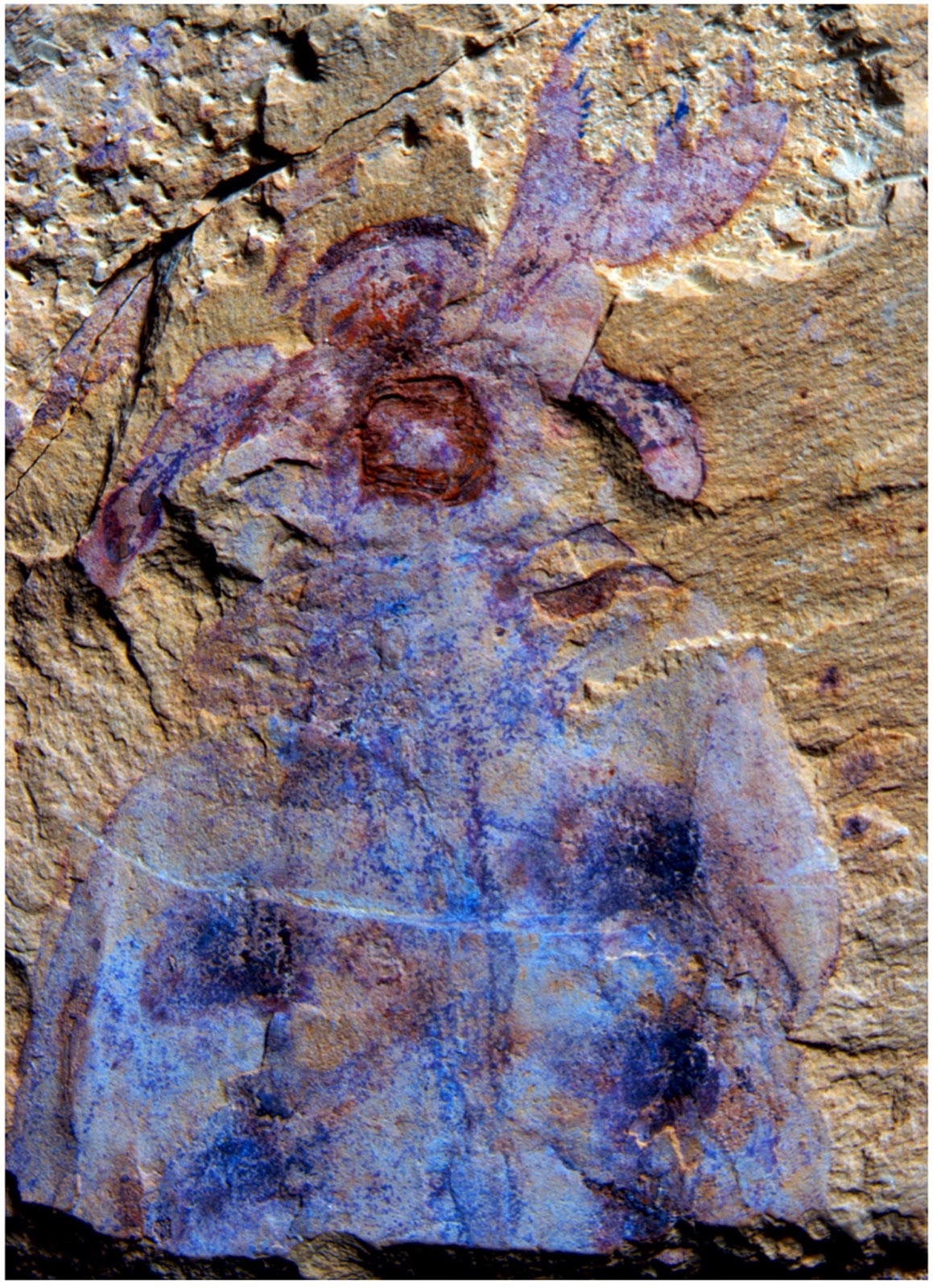


























_cover.jpg)




